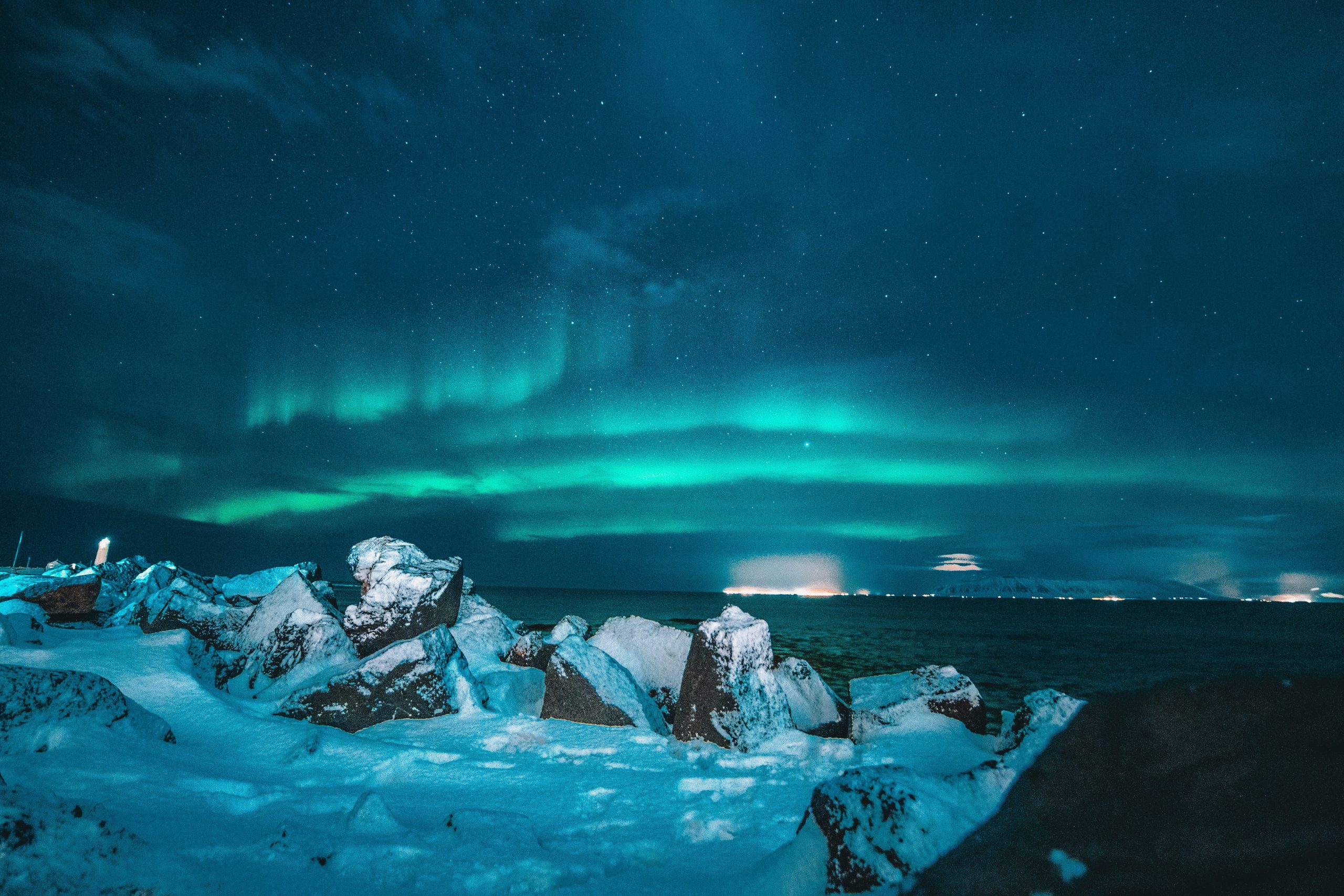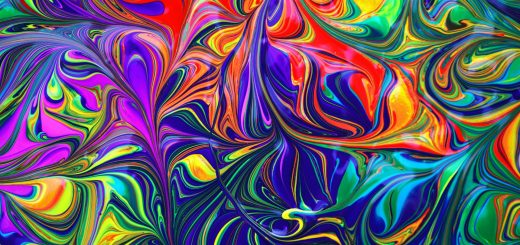What Colors Make Green? Mixing Basics Explained

Before diving in, please note: This post is for informational purposes only. If you’d like to know more about how we approach topics, feel free to check out our friendly Disclaimer Page.
Hey there, amazing readers! 🖐️ Just a quick note: yes, we know there are a lot of ads here. Trust us, we get it—it’s not the prettiest look, but they help us keep this blog alive and kicking. Those pesky little ads cover the costs of all the behind-the-scenes magic, from hosting and tech stuff to creating content we hope you’ll love.
We’re committed to delivering quality posts, and your support (even just sticking around despite the ads) means everything to us. So, bear with us, and thanks for helping us keep the good vibes rolling. Now, on to the fun stuff! 😉
TRANSLATE BUTTON AT THE END OF THE ARTICLE
A Quick Overview
When it comes to mixing colors, green stands out as a vibrant and refreshing hue.
Whether you’re painting a landscape, designing a graphic, or decorating your home, understanding how to create green can really elevate your creative endeavors.
This article will delve into the color mixing basics that lead to green, helping you navigate the colorful world of art and design with confidence.
Let’s explore this lively color together!
Understanding the Color Wheel: A Quick Overview
The color wheel is like the map of the color universe, guiding us through the relationships between colors.
It’s divided into three main categories: primary colors, secondary colors, and tertiary colors.
Think of it as a colorful pizza!
Primary Colors: Red, blue, and yellow are the primary colors.
These colors can’t be made by mixing others.
They are the building blocks of all other colors.
Secondary Colors: When you mix primary colors, you get secondary colors.
For example, mixing red and yellow gives you orange, blue and yellow create green, and red and blue result in purple.
Tertiary Colors: These are formed by mixing a primary color with a secondary color.
For example, combining red and orange gives you red-orange.
Understanding this layout helps you visualize how green fits in.
Green is a secondary color, formed by blending two primary colors.
The Basics of Color Mixing: Primary, Secondary, Tertiary
Color mixing can be approached in two primary ways: additive and subtractive.
Additive Mixing: This method applies when working with light, like on screens.
Here, colors combine to create white light.
Red, blue, and green are the primary colors in this model.
Subtractive Mixing: This is the method we use with paints and pigments.
In subtractive mixing, colors combine to absorb light, resulting in darker colors.
The primary colors here are red, yellow, and blue.
When we mix yellow and blue, the two primary colors merge to form green.
It’s simple yet fascinating!
Why Green is Special: Its Place in the Color Spectrum
Green occupies a unique place in the color spectrum.
It sits between blue and yellow, a harmonious blend that reflects nature.
Think of it as the color of life: trees, grass, and fresh vegetables.
Psychological Impact: Green evokes feelings of calmness and tranquility.
It’s often associated with growth, renewal, and fertility.
Ever notice how spending time in nature makes you feel refreshed?
That’s the power of green!
Symbolism: Different cultures associate green with various meanings.
In some places, it symbolizes prosperity and luck, while in others, it represents envy or jealousy.
Understanding the emotional and cultural significance of green can deepen your appreciation for this color.
It’s not just pigment; it’s a part of our experience.
The Two Primary Colors That Make Green: Let’s Dive In!
Creating green is all about the mix of blue and yellow.
Each color contributes unique qualities to the final outcome.
Blue: This primary color adds depth.
It can evoke feelings of serenity and calmness, reminiscent of a clear sky or deep ocean.
Yellow: This bright and cheerful primary color radiates positivity.
It’s reminiscent of sunshine and warmth, bringing energy into the mix.
When you blend these two colors, the result is a lively shade of green.
But remember, the ratio of blue to yellow can lead to various shades of green.
Mixing Yellow and Blue: The Science of Color Fusion
Let’s get into the nitty-gritty of color mixing.
Mixing yellow and blue isn’t just a simple swirl; it’s a bit like cooking!
Here’s a breakdown:
Equal Parts: If you mix equal parts yellow and blue, you get a vibrant green.
This is a great starting point.
More Yellow: Adding more yellow will give you a brighter, more lime-like green.
It’s cheerful and lively!
More Blue: On the flip side, adding more blue results in a darker, more teal green.
This shade can feel cooler and more muted.
Experimenting with the proportions can lead to a delightful range of greens.
It’s like being a chef in your own color kitchen!
Exploring Shades of Green: The Power of Variations
Green is incredibly versatile.
It can be bright, dark, muted, or vibrant.
Let’s explore some of these shades:
Lime Green: A bright, zesty shade that feels fresh and energetic.
Perfect for a playful vibe!
Olive Green: A warm, earthy tone that brings to mind nature and tranquility.
Great for a more subdued atmosphere.
Emerald Green: A rich and luxurious shade.
This one has a regal feel and works beautifully in design.
Each shade of green has its personality.
Depending on what you’re working on, different shades can evoke various emotions and settings.
Experimenting with Tints: Lightening Your Greens
Tints are created by adding white to a color.
This process can lighten your greens, making them softer and more pastel-like.
Here’s how to play around with tints:
Pastel Green: Mixing a little white with a light green can create a gentle, calming hue.
It’s perfect for creating a serene environment.
Mint Green: Adding more white to a brighter green results in a refreshing mint shade.
It’s often used in spring-themed designs!
Soft Green: A diluted green can serve as a lovely background color, making other elements pop.
I remember painting a nursery once, and using soft green as the main color made the room feel so peaceful and inviting.
Getting Deeper: Darkening Green with Color Mixing
On the opposite end, we can create darker shades by adding black or complementary colors like red.
Here’s what happens when you deepen your greens:
Forest Green: Mix in a bit of black with your green for a deep, lush shade reminiscent of a dense forest.
Perfect for creating moodiness.
Hunter Green: A bit more muted, this shade has a classic feel and exudes sophistication.
Adding Complementary Colors: Mixing a bit of red can also create darker tones.
This technique can add warmth and complexity to your greens.
Darkening greens can add depth to your artwork or design, giving it more character.
Complementary Colors: How They Affect Green Tones
Complementary colors are those that sit opposite each other on the color wheel.
For green, that’s red.
When used together, they create a striking visual contrast.
Enhancing Greens: A touch of red can accentuate the vibrancy of green.
It makes greens pop, creating a dynamic look.
Creating Neutral Tones: Mixing green with red can neutralize the greens, leading to earthy tones.
This can be particularly useful in landscape painting.
Balance: The balance between complementary colors can either create harmony or tension in your artwork.
It’s all about what you want to express!
I often find that using complementary colors in my work makes it more lively and engaging.
Mixing Green with Other Colors: Creating New Hues
Now comes the fun part!
Mixing green with other colors can lead to a spectrum of new hues.
Here are some combinations to consider:
Green and Yellow: Keep it cheerful!
You’ll get brighter shades like lime.
Green and Blue: This can create a more turquoise or teal color, great for water-themed designs.
Green and Brown: Mixing these can yield earthy tones that are perfect for nature-based projects.
Green and Red: A daring mix!
This can create muted earthy shades or even a brownish tint.
These combinations can breathe new life into your artwork, allowing for experimentation and creativity.
Fun Color Mixing Techniques: Get Creative with Green!
Mixing colors is an art form in itself!
Here are some fun techniques to try:
Wet-on-Wet Technique: Apply wet paint onto wet paint.
This allows colors to blend beautifully, making for soft transitions.
Layering: Start with a base color and layer greens on top for depth.
This can create a rich, textured effect.
Splatter Technique: Using a toothbrush or brush to splatter paint can add an interesting dynamic, creating a sense of movement.
Color Washing: Dilute your green with water for a wash effect.
This can be especially effective for backgrounds.
These techniques will bring your color mixing to life, allowing you to express yourself creatively.
Final Tips for Perfecting Your Green Mixing Skills!
As we wrap up, here are some final tips to keep in mind when mixing greens:
Practice: Don’t be afraid to experiment!
The more you mix, the more confidence you’ll gain.
Keep Notes: Jot down your favorite mixes.
This will help you replicate the shades you love in future projects.
Observe Nature: Get inspired by the greens in your surroundings.
Nature provides a treasure trove of shades and variations.
Have Fun!: Color mixing should be enjoyable.
Don’t stress over getting it “perfect.” Embrace the beauty in creativity!
Mixing colors is a journey, and green is one of the most rewarding stops along the way.
So grab your brushes and paint, and let’s get mixing!
Conclusion
Mixing colors to create green is more than just a simple task; it opens up a world of creativity.
By understanding the fundamentals of color mixing and exploring the various techniques, you can enhance your artistic skills and produce stunning designs.
So next time you dip your brush into blue and yellow, remember that you’re not just mixing colors—you’re creating life, energy, and a little slice of joy!
Happy painting!

The Enlightenment Journey is a remarkable collection of writings authored by a distinguished group of experts in the fields of spirituality, new age, and esoteric knowledge.
This anthology features a diverse assembly of well-experienced authors who bring their profound insights and credible perspectives to the forefront.
Each contributor possesses a wealth of knowledge and wisdom, making them authorities in their respective domains.
Together, they offer readers a transformative journey into the realms of spiritual growth, self-discovery, and esoteric enlightenment.
The Enlightenment Journey is a testament to the collective expertise of these luminaries, providing readers with a rich tapestry of ideas and information to illuminate their spiritual path.
Our Diverse Expertise 🌟
While our primary focus is on spirituality and esotericism, we are equally passionate about exploring a wide range of other topics and niches 🌍📚. Our experienced team is dedicated to delivering high-quality, informative content across various subjects ✨.
To ensure we provide the most accurate and valuable insights, we collaborate with trusted experts in their respective domains 🧑🏫👩🏫. This allows us to offer well-rounded perspectives and knowledge to our readers.
Our blog originally focused on spirituality and metaphysics, but we’ve since expanded to cover a wide range of niches. Don’t worry—we continue to publish a lot of articles on spirituality! Frequently visit our blog to explore our diverse content and stay tuned for more insightful reads.







